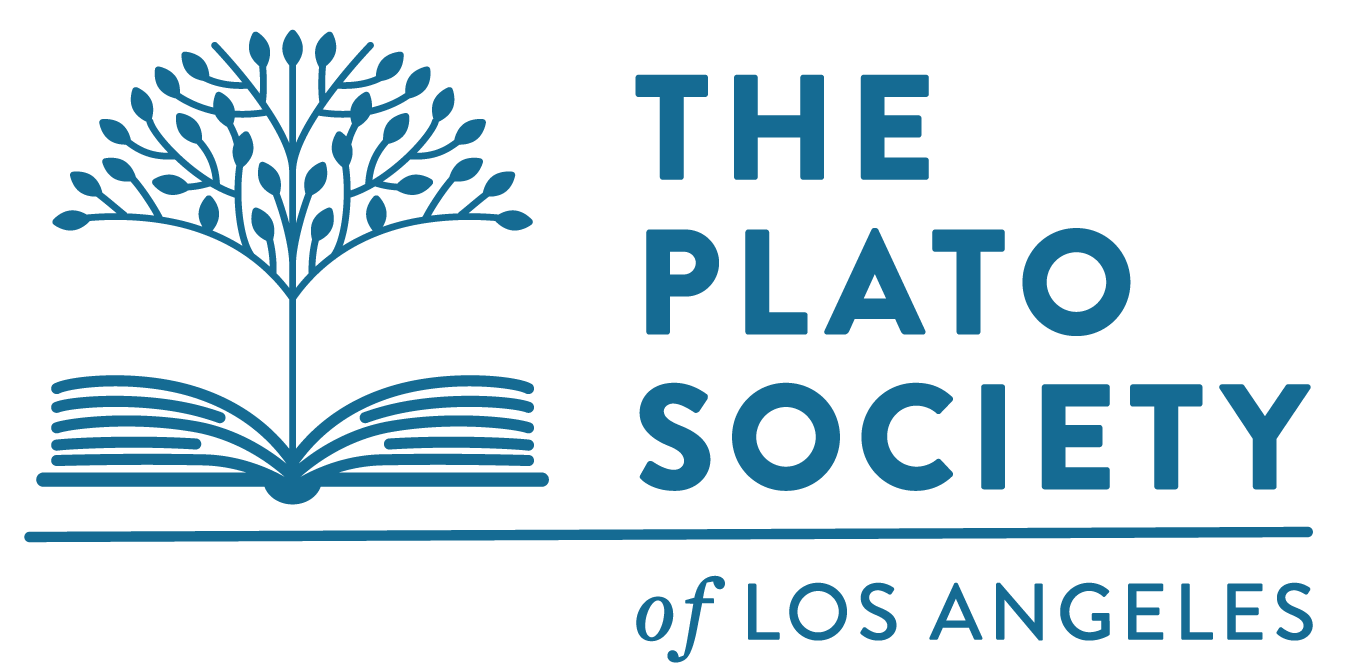What does China want? Is it about Beijing’s bid to become the world’s foremost technological powerhouse? Is it about economic development and trade? Is it about ensuring that the relative weight of China’s influence within the existing international system is adequately represented? Or is it about recasting the norms and values of the current global order to align more closely with its political system?
While it is difficult to fathom Beijing’s aims, what we do observe is China President Xi Jinping’s exhortation for “the great rejuvenation of the Chinese nation” and building leverage in realms such as territorial claims, cyberspace, global supply chains, and international organizations like the UN.
Last month (October 2022), emerging from the ruling Communist Party’s 20th Congress with a norm-breaking third five-year term, Xi amassed more power than ever. The seven-person Politburo Standing Committee, the apex of China’s power elite, was stacked with Xi’s staunch allies. To an extent unseen in decades, China’s trajectory could be shaped by the vision and ambition of one man. What Xi and his loyalist inner circle decide to do – and how they go about doing it – will profoundly impact regional security, economic and technological competition, and world order.
Given these stakes, a deeper understanding of “what Beijing envisions the world to be like” – the underlying strategic objectives that motivate Xi and the Chinese Communist Party’s global ambitions – is a matter of great relevance. This is where this SDG comes in: to understand the fundamental aims motivating China’s pursuits in the Xi Jinping era.
To embark on this endeavor, we will use Bates Gill’s timely new book, “Daring to Struggle: China’s Global Ambitions under Xi Jinping” (2022), released 6-weeks ago. By examining official Chinese discourse and China’s wide-ranging undertaking, Gill offers insights into the motivations driving China’s changing and risk-taking approach to the world under Xi. Gill, a distinguished scholar of China, has spent over 40 years watching Beijing while based at Australia’s Macquarie University and at think tanks around the world. He has been recently appointed as Executive Director of the Asia Society Policy Institute’s Center for China Analysis.
In addition to using “Daring to Struggle” as our core book, up-to-date scholarly articles from journals and think tanks will also be supplemented by the Coordinator.








